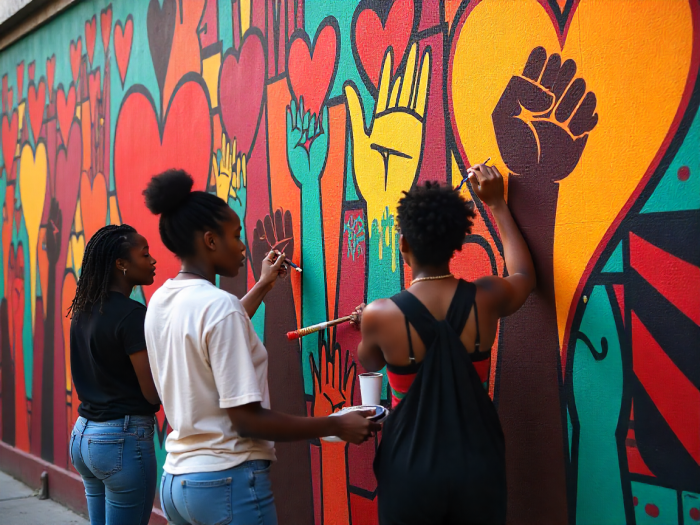
For too long, stories about queer people, especially LBQGNC individuals in Nigeria, have been told through one narrow lens: suffering. Every documentary, article, or campaign seems to circle back to pain, rejection, or survival. While these experiences are real and valid, they have also become the only story people expect to hear.
When trauma is the only narrative, it shapes how the world sees us and how we begin to see ourselves.
The Problem with a One-Dimensional Story
Most media and advocacy spaces unintentionally build their messaging around tragedy. They highlight violence, homelessness, or family rejection because those stories evoke sympathy and attract funding. But this approach often flattens the complexity of queer life. It tells the world that to be queer is to be broken, endangered, or perpetually struggling for acceptance.
These stories matter, but when they dominate, they create a stereotype of suffering that erases joy, creativity, and resilience. It also trains donors, policymakers, and even allies to engage with queer people only through pity. And pity has never built equality.
Beyond Survival: The Full Spectrum of Queer Life
LBQGNC Nigerians are artists, thinkers, mothers, entrepreneurs, lovers, and dreamers. Every day, people in our community build careers, fall in love, raise families, and lead movements. They experience humor, friendship, heartbreak, and healing the full range of being human.
Reframing the queer narrative means shifting focus from what has been done to us to what we are doing despite it. It is about spotlighting the innovation, laughter, and leadership that thrive within our community. It is about showing that our existence is not defined by pain but by presence.
Why This Shift Matters
Stories shape perception, and perception drives policy. When all the stories told about a community are rooted in tragedy, the world learns to see that community as a crisis to be managed, not as partners in building solutions.
Changing the narrative to include joy and strength does not ignore the struggles. It balances them. It allows advocacy to move from “save them” to “stand with them.” It invites the public to see queer people as contributors to society, not just casualties of discrimination.
What Nonprofits and Media Can Do Differently
If we want to tell fuller stories, we must start by asking better questions.
Instead of asking “What challenges have you faced?” we can ask “What dreams are you building?”
Instead of ending every video with a call for pity, end it with a vision for change.
Include stories of queer-owned businesses, creative projects, or family acceptance.
Use language that affirms agency and choice, not helplessness.
We can also prioritize community-led storytelling, allowing queer Nigerians to decide what parts of their stories they want to share and how they want them told. When people tell their own stories, authenticity replaces performance.
The Way Forward
Reframing the queer narrative is not about denying pain. It is about refusing to let pain be the only headline. It means telling stories that reflect the wholeness of queer existence, our struggles, yes, but also our laughter, brilliance, and belonging.
In a world that constantly questions our right to exist, joy itself is a radical act. And when we center joy, we are not ignoring the fight; we are showing the world what we are fighting for.
This Op-Ed was written by the Communications Department of WHER Initiative.
WHER Initiative Communications Department works to amplify the voices of LBQGNC individuals in Nigeria through ethical storytelling, strategic communication, and community-centered advocacy.

Thank you for putting this together. I always feel somehow when the only version of our story that gets told is the one buried in pain and pity. We can finally work towards changing the narrative.